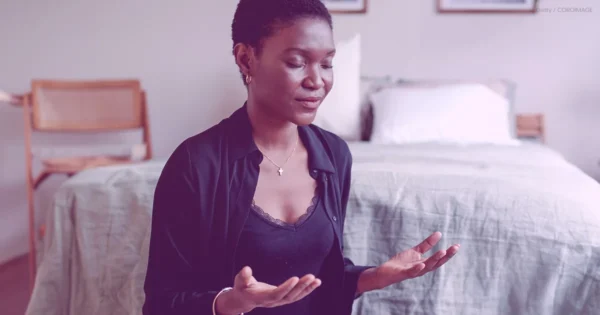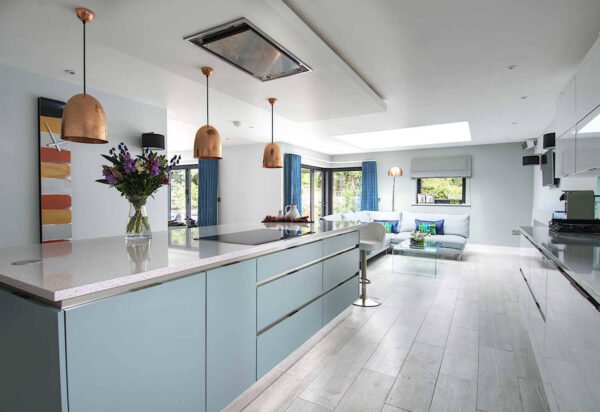
Research Reveals UK Workers Burnout Aged 32

If you’re going to experience burnout, it’s most likely at age 32, according to a new study commissioned by design-led flexible workspace provider TOG (The Office Group). Part of the millennial generation, who make up 50% of the UK workforce and are now experiencing the second economic recession in their adult lifetime. The biggest reasons for this age group feeling stressed and exhausted include working longer hours while working from home, being unable to separate work and personal life and facing an uncertain, increasingly competitive job market.
In fact, the whole UK workforce is under pressure with almost a third of people saying lockdown has brought them closer to burnout. There is no question the pandemic has greatly impacted the nation’s collective mental health. That said, companies must put defences in place and guard against elements which might cause stress and anxiety, and looking forward, they must make robust changes to ensure employees are protected, particularly during times of uncertainty
Working from home was once hailed as the solution to improving work/life balance and increasing productivity, but since lockdown people have been working more hours than ever before. Also, many people are working outside of their contractual hours since lockdown, with the average UK worker putting an extra 59 hours, or 7 working days into their job over 5 months.
For many, lockdown has been particularly challenging bringing workers closer to burnout. Many people felt that the longer hours due to having their workstation close to them and the lack of social interaction had contributed to making the time particularly difficult.
As the nation gradually returns to the office, TOG is calling for companies to consider adapting their workspaces to help foster a healthier, happier workforce; this a plea on behalf of the 7 in 10 employees that stated that their workplace hadn’t offered any ways to improve their work-life balance or wellbeing while working from home during lockdown.
Olly Olsen, co-founder of TOG, comments: “We feel strongly about constantly re-evaluating what people need from their office spaces, especially as we continue to navigate the impact of the pandemic. In United House, we’ve incorporated the meditation lounge to offer our members a dedicated place to switch off and take time – ensuring they can re-focus and stay productive.
Putting wellbeing at the heart of workspace design doesn’t have to be a huge undertaking. Providing natural light plus simple additions like breakout areas, comfortable seating and air purifying plants, can make all the difference.”
TOG has also partnered with consultant psychiatrist Dr Sarah Vohra, aka The Mind Medic, to share further advice on how to prevent burnout and spot the signs of heightened stress and exhaustion at work:
1. Make clear distinctions between your day and night-time routines
Whether you are commuting to the office, or working from home, make sure you have consistent wake and sleep times. This helps regulate your body’s 24-hour circadian rhythm or sleep/wake cycle.
2. Set aside ‘must-dos’ for the day and write them down
Studies show that the more tasks we commit to simultaneously, the lower our attention span is. This can affect how quickly we complete our tasks, with time often wasted switching between them, making us less efficient and more prone to making mistakes.
3. Exposure to natural sunlight
Your 24-hour body clock relies on repeated patterns of loss of light (night) and return of light (day) to help reset it. Studies show that workers in workplaces with windows not only had significantly more sunlight exposure during work hours, but also slept an average of 46 minutes more each night.
















































